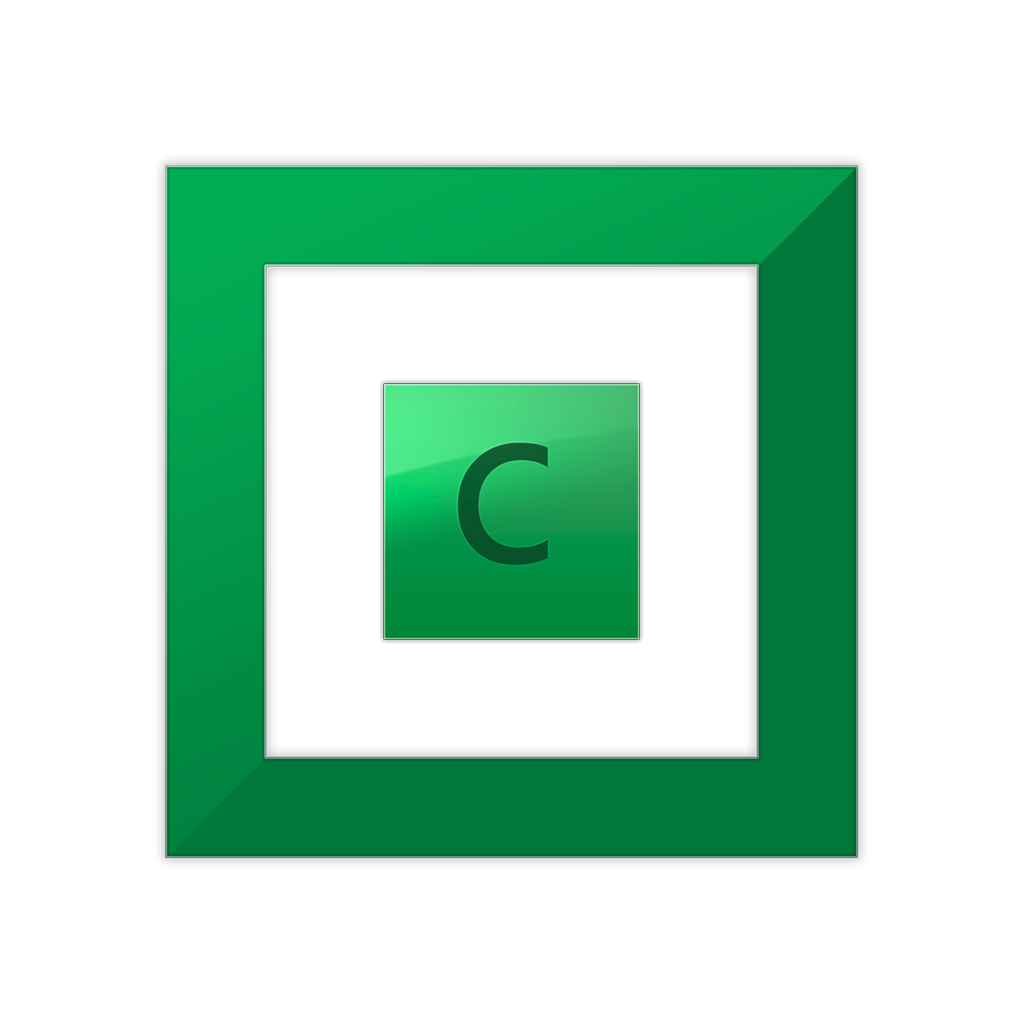-
Posts
11700 -
Joined
-
Last visited
-
Days Won
388
Posts posted by Christopher (Drashna)
-
-
That may not be what is going on, actually. The percentage of the scan isn't based on the whole disk, but what is left to be scanned. And since it tracks sections of the disk, it may be effectively just continuing to scan the drive.
You can see the status in the sector map for the drive, and this may provide a more accurate picture of what is going on:
https://stablebit.com/Support/Scanner/2.X/Manual?Section=Disk Scanning PanelOtherwise, could you open a ticket at https://stablebit.com/contact
-
23 hours ago, Fritz the Cat said:
Norton is itself a virus.
Regardless of the quality of the software, this isn't helpful nor constructive, and provides nothing to the conversation.
-
To make sure, you mean in a VM, correct?
If so, then there is absolutely no issue, as the VHD/VHDX are presented as physical disks to the VM.
-
please head to https://stablebit.com/contact and open a ticket there, if you haven't already. We don't handle licensing issues on the forum, due to generally needing sensitive information.
-
Just a heads up, the SSD Optimizer balancer is mostly meant for writes, and writes of new files. It doesn't effect reads, unless those files are still on the SSD (or locked there).
If you're looking to boost the read speeds, you'd want something like primocache.
-
It's a one time thing, basically. Newer versions have significantly reworked update code.
-
"0x80070643" indicates that the system has a pending reboot. Rebooting the system will usually fix this issue.
If not, this will:
-
This is for older versions of StableBit DrivePool and StableBit Scanner. Updating to the latest version will fix this.
-
I don't believe it does. But I'm not certain.
However, let me flag this for Alex: https://stablebit.com/Admin/IssueAnalysis/28716
-
No. There are no plans on implementing this sort of functionality.
-
Yes and no.
Specifically, by default, StableBit Scanner will only scan one drive per controller. And in fact, you have to get into the advanced configuration to increase that.
So if you're seeing multiple drives being scanned at once, it's likely because they are connected to different controllers (you can verify this by selecting the "group by controllers" option in the UI.
-
-
Yeah, it's a known issue. It has to do with how the "on demand" feature works, and that it's not supported on the emulated drive that StableBit CloudDrive.
Also, it's not just a sparse file, it's a special type of file, that requires file system support. And because we use an emulated drive, we'd have to reverse engineer that and add support for it.
A possible solution is to create a StableBit CloudDrive disk on the pool and use that. But I can understand not wanting to do that.
-
Yes. New data will be stored in the local cache, until it's able to be uploaded.
If this is in regards to the 750GB per day, per account upload limit, throttling the upload speed to ~80mbps should help prevent hitting that limit.
-
Well thanks! And yeah, it's a perpetual problem. Antivirus vendors don't like new releases from small software vendors.
-
Could you open a ticket at https://stablebit.com/contact about this?
-
A quick look into this shows that there may not really be any performance difference, especially as data may not be staying on the drive (depending on how you use them)
-
Do you have a "found.###" folder in the root of your drive? If so, the data may be there.
Also something like WinDirStat or WizTree can be good for visualizing where the data is.
-
-
-
Unfortunately, this come up from time to time, especially on new versions.
We usually try to report to false positive when we're notificed about it.
-
For the surface scan, StableBit Scanner doesn't do anything to fix/correct the unreadable sectors. You can clear the status, but the next scan, they will likely come back.
That said, the only way to permanently clear the status is to write to the effected sectors. StableBit Scanner doesn't do this, as it prevents the ability to recover the data from the disk.
However, the simplest (but definitely not "best") way to clear the status is to do a full format pass of the drive. This writes zeros to the entire drive, and may correct the issue. If this doesn't work, then you may want to consider replacing the drive (RMA it if it's under warranty)
-
You have to detach the drive, and reattach it, to move the cache.
-
You can get larger than that, but I wouldn't recommend anything about 64TBs, as NTFS cannot run CHKDSK passes on volumes larger than that.




Newbie question - File integrity checks?
in General
Posted
Not directly. However, the dpcmd tool does have some options that will list the full location of each file. Specifically "dpcmd get-duplication (path-to-file)".
In some cases, it does run CRC comparison. But adding more at runtime is problematic, since the driver runs in the kernel. So any operations need to be very quick. Computting hashes of files is inherantly very expensive.
If this sort of functionality is added, it won't be directly as part of StableBit DrivePool, for this reason, and others.
Checking both the "Force damaged disk removal" and "duplicate data later" options should make the removal happen much faster. But it will still move off data from the drive, if needed.
Otherwise, data would be left on the disk, and if it's not duplicated data...
That said, you can immediately eject the disk from the pool using the dpcmd tool. However, this does not move ANY data from the drive. Doing so will require manual intervention. Also, the disk still needs to be writable (it basically writes a "not part of a pool" tag to the PoolPart folder on the disk.
2 disks. Eg, X-1 disks. X being the number of duplication. So you can lose a number of disks equal to one less than the level of duplication.
(also note that no duplication is basically a duplication of 1, so can tolerate 0 disks failing).
And StableBit DrivePool is aware of partitions, and will actively avoid putting copies of a file on the same physical disk. This is part of wy we don't support dynamic disks, actually (because checking this becomes immensely more complicated with dynamic disks, and a lot more costly since this is also done in the kernel driver, as well).
Also, even if you lose "too many disks", the rest of the pool will continue to work, with the data that is on the remaining disks.